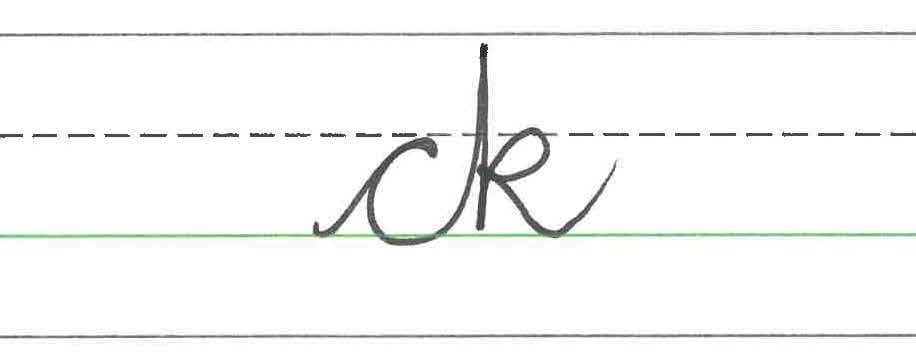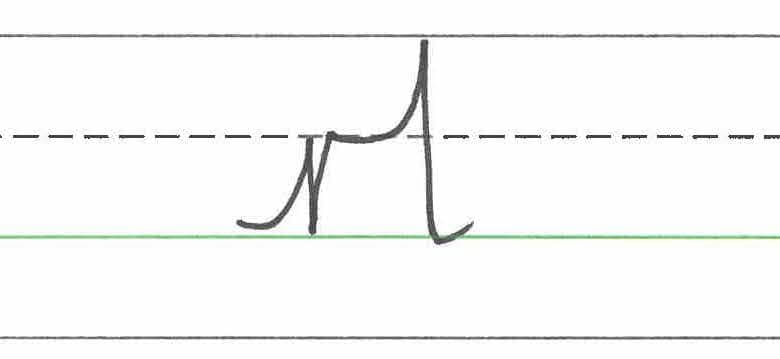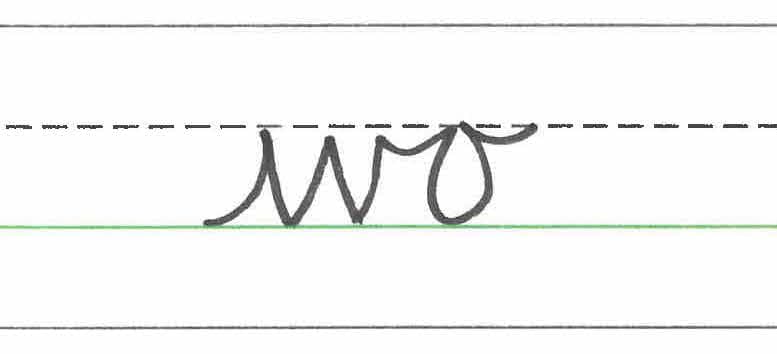Myths about teaching can hold you back
- Year 3
- Year 3
Suffixes: -er and -est
I can correctly form words using the suffixes -er and -est.
These resources were made for remote use during the pandemic, not classroom teaching.
Switch to our new teaching resources now - designed by teachers and leading subject experts, and tested in classrooms.
Lesson details
Key learning points
- A suffix is a letter or group of letters at the end of a word which creates another word.
- The words start with a lead in and finish with a lead out.
- The pencil does not lift when forming the join, only after to add the cross to a t or a dot to an i or a j.
- There are four cursive joins.
- The join used depends on which letter is joining to which letter within a letter string.
Keywords
Suffix - a letter or a group of letters at the end of a word which creates another word
Join - how the letters are connected together
Letter string - a group of letters that are written together in a word
Lead in - the stroke or line that guides us into starting a letter
Lead out - the stroke or line that guides us to smoothly finish a letter
Common misconception
The lead out for the letter r can be challenging for children.
When introducing the suffix -er and its formation, take time to allow the students to investigate and practise the 'dip down' for the lead out.
To help you plan your year 3 English lesson on: Suffixes: -er and -est, download all teaching resources for free and adapt to suit your pupils' needs...
To help you plan your year 3 English lesson on: Suffixes: -er and -est, download all teaching resources for free and adapt to suit your pupils' needs.
The starter quiz will activate and check your pupils' prior knowledge, with versions available both with and without answers in PDF format.
We use learning cycles to break down learning into key concepts or ideas linked to the learning outcome. Each learning cycle features explanations with checks for understanding and practice tasks with feedback. All of this is found in our slide decks, ready for you to download and edit. The practice tasks are also available as printable worksheets and some lessons have additional materials with extra material you might need for teaching the lesson.
The assessment exit quiz will test your pupils' understanding of the key learning points.
Our video is a tool for planning, showing how other teachers might teach the lesson, offering helpful tips, modelled explanations and inspiration for your own delivery in the classroom. Plus, you can set it as homework or revision for pupils and keep their learning on track by sharing an online pupil version of this lesson.
Explore more key stage 2 English lessons from the Letter strings unit, dive into the full primary English curriculum, or learn more about lesson planning.

Content guidance
- Risk assessment required - physical activity
Supervision
Adult supervision required
Licence
Prior knowledge starter quiz
6 Questions
Q1.Which of these are common suffixes?
Q2.Which join would be used to connect the letter c to the letter k?

Q3.Which join would be used to connect the letter i to the letter n?

Q4.Which join would be used to connect the letter r to the letter l?

Q5.Which join would be used to connect the letter w to the letter o?



